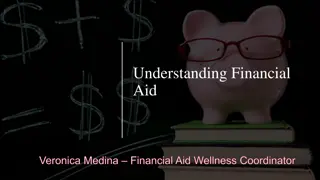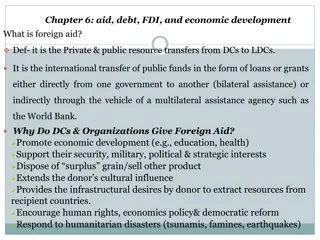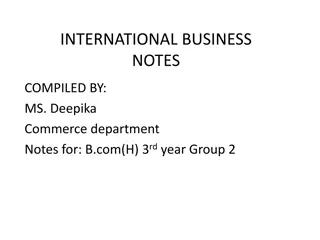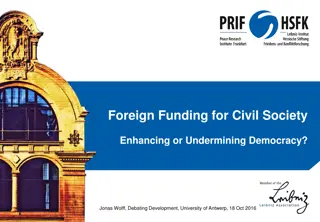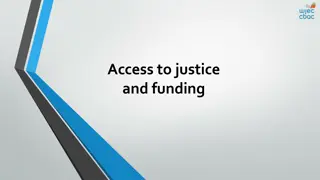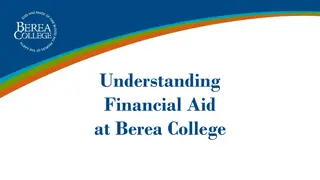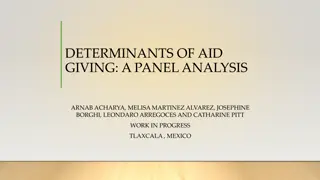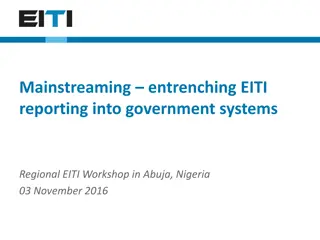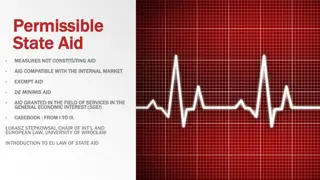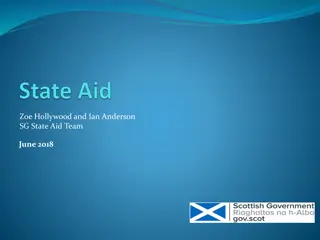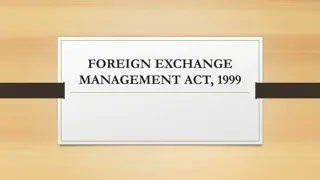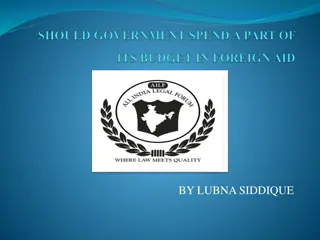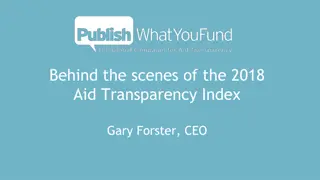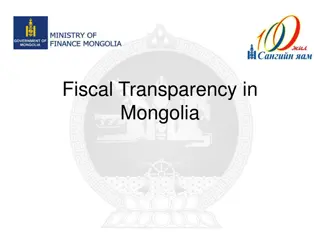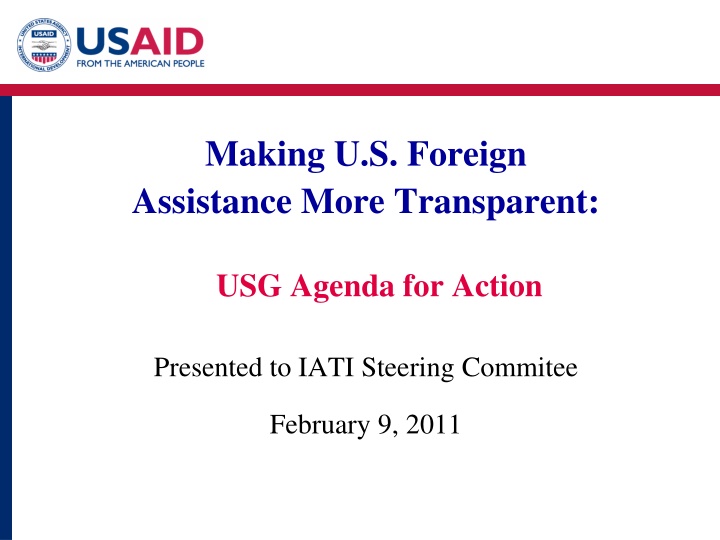
Enhancing U.S. Foreign Aid Transparency
This presentation outlines the U.S. government's commitments to aid transparency, the objectives of its aid transparency policy, guiding principles, and next steps for implementation. Through increased transparency, the aim is to make foreign aid more effective for development, enhance accountability, and promote international cooperation.
Download Presentation

Please find below an Image/Link to download the presentation.
The content on the website is provided AS IS for your information and personal use only. It may not be sold, licensed, or shared on other websites without obtaining consent from the author. If you encounter any issues during the download, it is possible that the publisher has removed the file from their server.
You are allowed to download the files provided on this website for personal or commercial use, subject to the condition that they are used lawfully. All files are the property of their respective owners.
The content on the website is provided AS IS for your information and personal use only. It may not be sold, licensed, or shared on other websites without obtaining consent from the author.
E N D
Presentation Transcript
Making U.S. Foreign Assistance More Transparent: USG Agenda for Action Presented to IATI Steering Commitee February 9, 2011
USG Commitments made on Aid Transparency o Transparency is a signature element of the Administration s governing philosophy, as evidence by the Open Government Directive; o At the G20 Summit in Pittsburgh, the U.S. joined other countries in committing to enhance international aid transparency in 2010; o This pledge is consistent with our commitments in the Paris Declaration and Accra Agenda for Action; o Enhanced U.S. leadership can catalyze global progress made on aid transparency (e.g. International Aid Transparency Initiative); o An Interagency Policy Committee on Aid Transparency convened by NSC and OSTP approved a policy in April 2010 to make U.S. foreign assistance more transparent.
Objectives of the USG Aid Transparency Policy Make foreign aid more useful for development (allow governments to better manage their aid flows and empower citizens to hold governments accountable for how assistance is used); Increase the efficacy of our foreign assistance (clearer understanding of what we are doing where/to what effect = better position to ensure that investments are consistent with broader objectives; to coordinate and target assistance with other agencies and donors; to generate stock knowledge of what works and what doesn t); - Promote international accountability (greater access to information about assistance helps countries and civil society hold donors accountable for quantity and quality of aid flows).
Guiding Principles Presumption in favor of openness; Initial focus on publication of existing, raw data in open, machine- readable format in a central location; Detail, Timeliness, and Quality; Prioritization; Comprehensiveness & Comparability; Accessibility; Institutionalization.
Next Steps and the Way Ahead Phase 1 (Within next 6-12 months) 1. Country Pilots (USAID) 2. Statistical Directive (OMB) 3. Aid Dashboard (State/USAID) 4. Apps for Development Challenge Illustrative Country Pilot Selection Criteria: -Level of host country demand; -Host country capacity; -USG and donor presence; -Regional Diversity Phase 2 (2011-2012) 1. Scale Up Country Pilots 2. Build Single Interface Backed by Common Framework 3. Exercise Leadership in Achieving an International Standard 4. Investigate Greater Flexibility for Forward Commitments 5. Develop Agency and Partner Capacity to Measure and Publish Results

